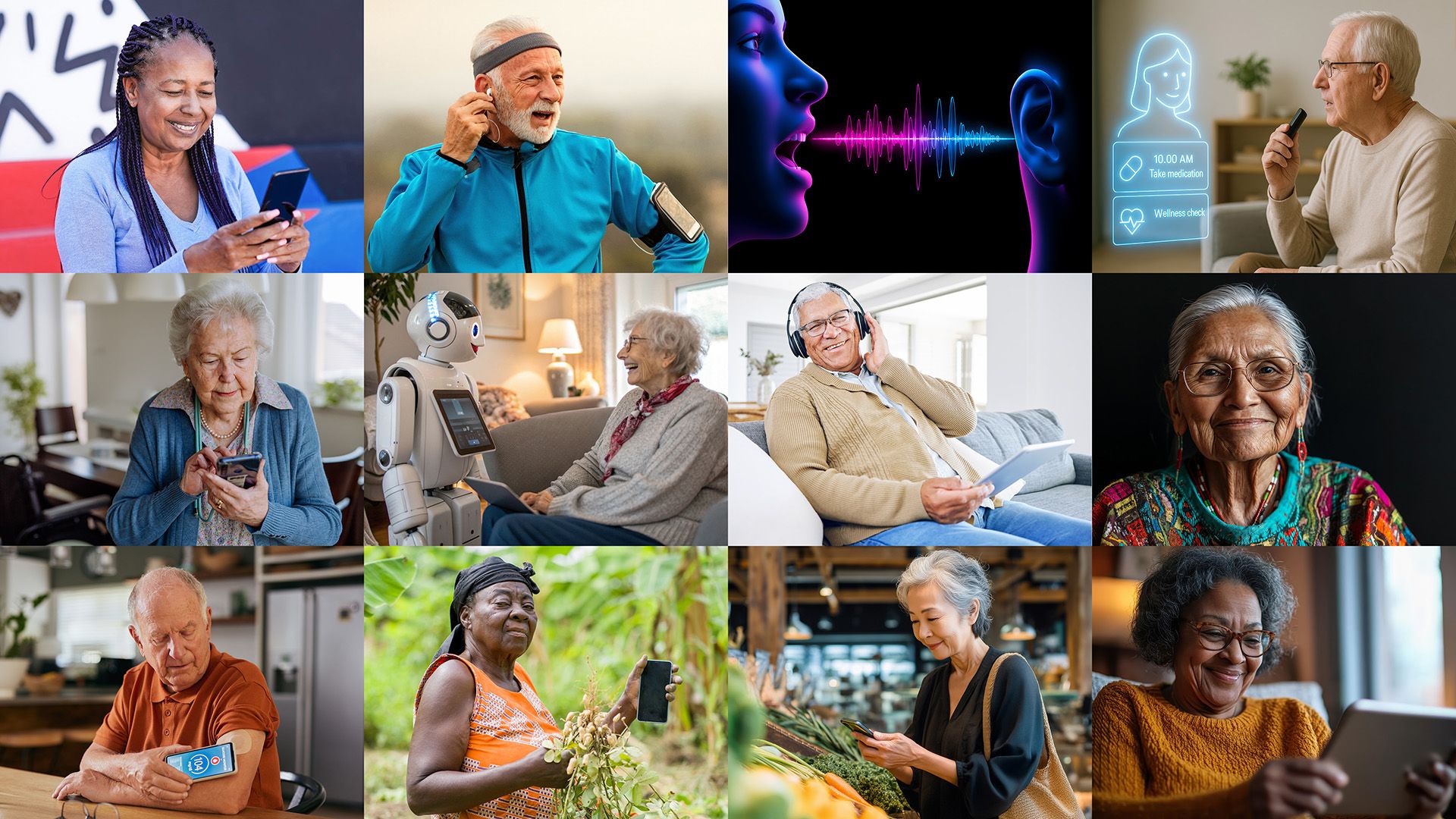
Digital inclusion is key to add life to our older years

By Tomas Lamanauskas, Deputy Secretary-General, ITU
Ageing is an expression of one of humanity’s greatest success stories. A century ago, global life expectancy was around 35 years by most estimates. Today, it has more than doubled – to over 73 years – and continues rising.
In many countries, children born today can expect to live into their 90s, and some researchers suggest that a 100-year life may soon be the norm rather than the exception. Like it says in the book by Lynda Gratton and Andrew J Scott, we must make intelligent choices to turn greater life expectancy into a gift rather than a curse.
By 2030, one in six people worldwide will be over 60. By 2050, there will be 1.5 billion people aged 65 and above. And the number of people aged 80 and over will more than triple – reaching over 426 million by mid-century.
But the real question is not how long we live – it is how well we live. Extending lifespan means little if we do not also extend “healthspan”: the years of healthy, meaningful, and productive life.
Digital technologies are essential to this. If designed inclusively, they can help an older person stay connected, manage health, pursue lifelong learning, and continue contributing to society. Technology can transform ageing from a challenge into a longevity dividend.
Yet too often, barriers stand in the way: complicated interfaces, unaffordable devices, a lack of digital literacy, and fear of scams or abuse. This is why inclusion must be built in from the start.
Standards for healthy ageing
At the International Telecommunication Union (ITU), we are helping make this happen. Our standards work may sound technical, but it’s about making technology easier, safer, and healthier for people as they age.
For example:
- Our standards support wearables and personal connected-health devices – like fitness trackers and glucose monitors – so older adults can manage their health with confidence.
- We provide standards for multimedia accessibility –crucial in a world where video accounts for over 80 per cent of Internet traffic.
- We recommend clearer menus, larger text and simple online navigation.
- And our checklist for standards developers helps ensure that new technical standards consider accessibility, while accessible ITU meetings keep standards development itself inclusive.
Learn more about ITU’s work on standards for accessibility.
A longstanding partnership with the World Health Organization (WHO) means our standards related to health and ageing build on wide-ranging expertise.
We work together on standards for accessible telehealth, responding to a challenge uncovered amid the COVID-19 crisis when not all services considered everyone’s needs.
Additionally, our global guidance on safe listening helps protect people’s hearing – vital for staying socially connected and independent.
Prioritizing inclusion
When we talk about inclusive technologies, our aim is for all information and communication technology (ICT) products and services to be fully accessible from the design stage. Furthermore, we would like advanced digital solutions to work for everyone, including older adults and those with visual disabilities, hearing impairments – challenges that also arise for many of us with ageing.
ITU has made digital inclusion of the older population an international priority:
- In 2022, we dedicated World Telecommunication and Information Society Day to “Digital Technologies for Older Persons and Healthy Ageing.”
- With input from the World Health Organization, we published Ageing in a Digital World – From Vulnerable to Valuable, offering practical strategies for governments and industry.
- We are active members of the UN joint initiative on Mainstreaming Knowledge on Ageing – a platform to share expertise, strengthen global knowledge, empower societies, and foster global partnerships to enable better ageing for present and future generations.
- Our “Accessible ICT for All” programme in Europe, the Americas, and the Arab States raises awareness, shares good practices, and promotes strategies to ensure that older persons are equipped and empowered to actively participate in the digital society.
- And we offer self-paced training on better ageing and livelihoods in the digital landscape, available online through our ITU Academy.
Learn more about ITU’s digital inclusion service.
These are just a few of the ways we are promoting digital inclusion amid two global megatrends: demographic ageing and the exponential growth of digital technologies.
Our work on digital skills, accessible design, and online safety continues expanding – because empowerment is not just about connectivity, but about confidence and trust.
Above all, we must involve older persons themselves as co-creators – shaping intuitive, affordable, and safe solutions that meet their real needs.
Adding life to years
In April, the Human Rights Council adopted resolution 58/13, launching a formal process towards a new international convention on the rights of older persons.
This is a historic step in affirming the older person as a full rights-holder – and in ensuring that dignity, equity, and inclusion extend across the entire course of life. Digital technologies will, no doubt, play a key role in making this a reality.
As we mark the International Day of Older Persons on 1 October, let us remember: the true measure of progress is not simply adding years to life, but adding life to those years.
Based on remarks by Tomas Lamanauskas on 26 September 2025 at a session co-organized by the UN Office of the High Commissioner for Human Rights (OHCHR) with the NGO Committee on Ageing, Geneva: “From Resolution to Convention: Uniting for the Rights of Older Persons.”
Header image credit: Adobe Stock
